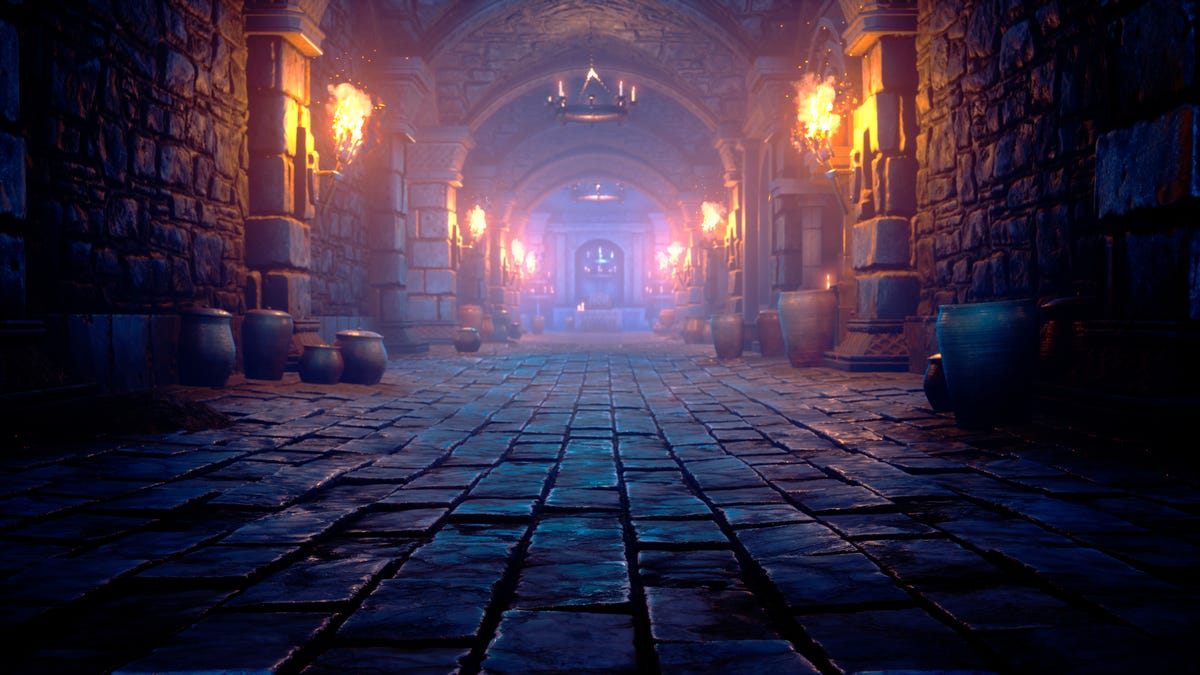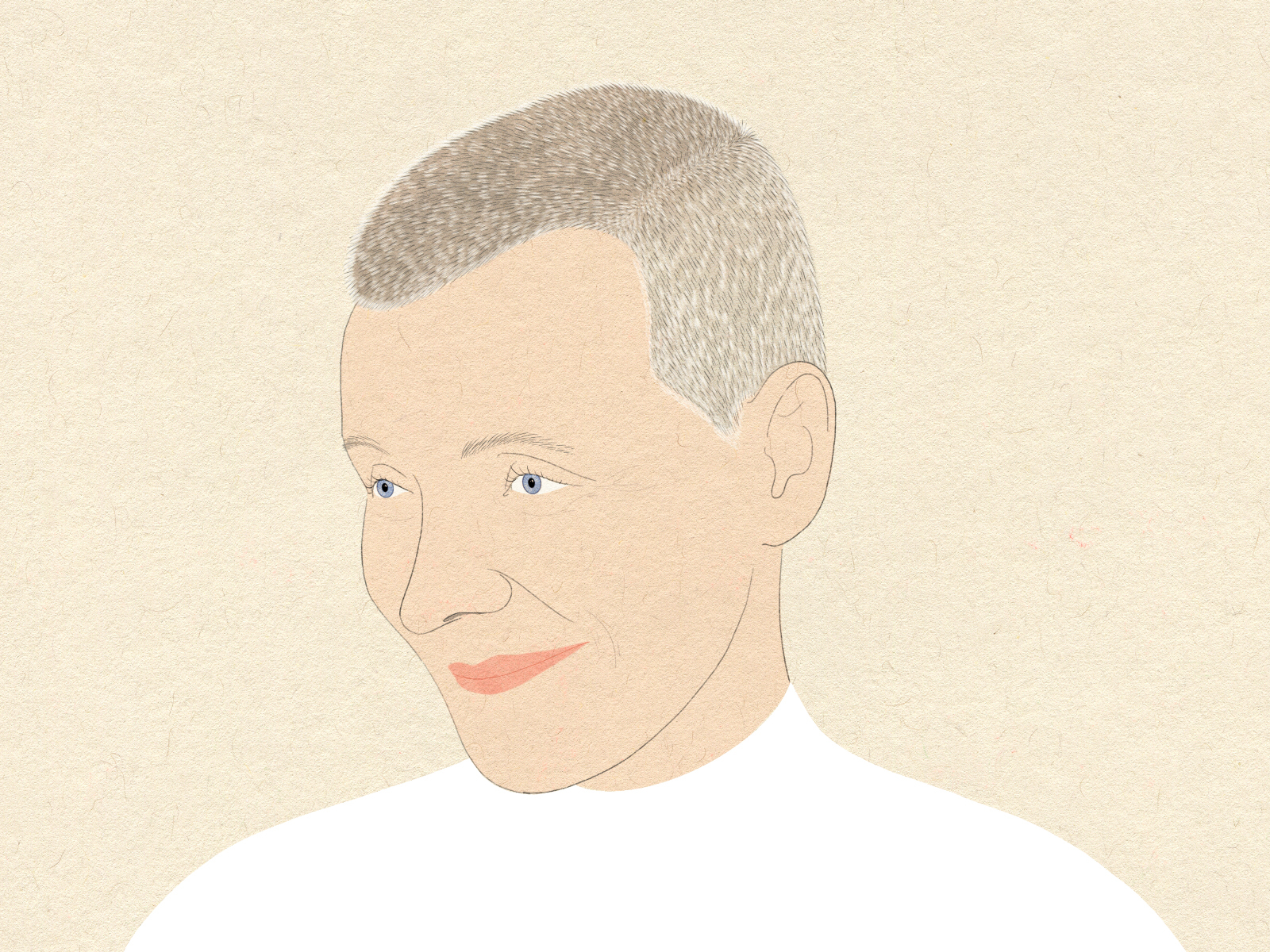11 'Facts' From Medieval History That Are Just Plain Wrong
What was life like in the Middle Ages? If you believe what you’ve seen in movies—or maybe even what your history teacher told you—you might expect that people died young, never bathed, were ignorant of anything going on outside...


Image: Design Projects (Shutterstock)
What was life like in the Middle Ages? If you believe what you’ve seen in movies—or maybe even what your history teacher told you—you might expect that people died young, never bathed, were ignorant of anything going on outside their community, and stood a decent chance of being tortured in a castle dungeon if they said anything bad about the church or the king. Pretty much none of that is true. Here are the “facts” we’ve all been getting wrong.
Dungeons weren’t a thing

Image: Design Projects (Shutterstock)
If you have an image in your head of prisoners shackled to the wall in a windowless basement, fed bread and water by cruel guards, or left to starve to death—that’s not how medieval punishment really worked. Cruelty in the name of punishment definitely happened, writes history professor Christopher Moule, but it “more often took the form of instant violence: immediate corporal or capital punishment (very often public), or the removal and destruction of property.”
Imprisonment did occur for political prisoners: Capture somebody important from your enemy’s side and then ransom them. You’d of course want them in a place where people couldn’t break in to rescue them, so locking them up in some secure part of the castle might be one of your options. But most “dungeons” in famous castles are just old storerooms dressed up for the tourists.
3 / 13
Almost every torture device you’ve heard of is fake
Almost every torture device you’ve heard of is fake

Photo: HAL-9000 (Shutterstock)
If there weren’t dungeons to torture people in, where would you keep your iron maiden? In a museum hundreds of years later, actually—the iron maiden was created in the 1800s and there are no historical records of anything of the sort being used for torture in the Middle Ages.
Similar stories lie behind other devices, like the “pear of anguish” which was supposedly inserted into a person’s mouth or other bodily orifice; these devices exist but it seems unlikely that they were capable of being used in that way (it’s been speculated that they were sock stretchers). To be clear, there was plenty of cruel punishment in that era—beatings, disfigurements—but clever mechanical devices weren’t usually involved.
4 / 13
Chastity belts weren’t real, either
Chastity belts weren’t real, either

Photo: Fotokon (Shutterstock)
The idea of a chastity belt may have existed in medieval times; there are drawings that were probably intended as jokes and metaphors when talking about the ideas of chastity and fidelity. But there is no evidence that anybody ever actually wore a chastity belt for months or years on end (as in the myth of a knight leaving his wife to go on the Crusades). And would you really leave your noble lady with no way to effectively wipe her butt while you’re gone? Known physical examples of the chastity belt appear to have been made in the 1800s or later.
People bathed

Photo: Lisa Strachan (Shutterstock)
The specific ways that people clean themselves vary from culture to culture, but we have plenty of evidence that people in medieval Europe (and elsewhere) did, in fact, clean themselves. There were soapmakers’ guilds, plumbing for at least some of the rich people, and lots of public baths. If you couldn’t go to one of those, you probably took something like a sponge bath. When “bathing” fell out of favor in some places in the wake of the Plague, that was going to public baths, not the concept of cleaning oneself in general.
6 / 13
Earth was not believed to be flat
Earth was not believed to be flat

Photo: maradon 333 (Shutterstock)
While there may be people today who believe in a flat Earth, people in the Middle Ages thought it was pretty obvious that the world was round. This page from the British Library collects descriptions and drawings of Earth as a round orb from throughout history. The monk Bede, for example, wrote:
The reason why the same days are of unequal length is the roundness of the Earth, for not without reason is it called ‘‘the orb of the world’’ on the pages of Holy Scripture and of ordinary literature. It is, in fact, a sphere set in the middle of the whole universe. It is not merely circular like a shield [or] spread out like a wheel, but resembles more a ball, being equally round in all directions
In the middle of the whole universe, huh? Well, I didn’t say they were right about everything.
7 / 13
Adults didn’t all die young
Adults didn’t all die young

Photo: ProCinemaStock (Shutterstock)
Life expectancy in the middle ages was shorter than today—only 25 years, in some estimations—but that was an average of the ages of death. Infant and child mortality was high, and those deaths brought the averages down. If you managed to survive childhood, though, your life expectancy would have been a lot more similar to life expectancies today. According to one survey cited by the BBC, between the 1200's and the 1700's, the average 21-year-old could be expected to live somewhere into their 60's or even 70's.
8 / 13
Women actually did things
Women actually did things

Photo: OlgaMerolla (Shutterstock)
Women may not have had as many rights as men in medieval Europe, but they weren’t powerless, bored homemakers either. Women were weavers, brewers, workers and small business owners; many were midwives and healers. Religious women like nuns had plenty of jobs and authority within their nunneries. The rights and lives of women varied from country to country and with social class, but there are plenty of famous noblewomen, warriors, and religious leaders from that era. And, yes, there were women who owned property.
9 / 13
The streets were not full of shit and piss
The streets were not full of shit and piss

Photo: Zhuravlev Andrey (Shutterstock)
Were medieval cities full of human excrement? Maybe sometimes, but it’s notable that when dirty streets were written about, it was often with a tone of isn’t this gross? Many of our historical accounts of people dumping their garbage and chamberpots in the street are from legal proceedings in which said people were fined for doing so, which also tells us that this was not considered acceptable behavior.
10 / 13
People traveled and knew about faraway places
People traveled and knew about faraway places

Photo: sarkao (Shutterstock)
On average, it’s true, most people died within a fairly small radius of the place where they grew up. But that doesn’t mean that everyone was a homebody. Diplomacy, trade, and pilgrimages all required travel. Medievalists.net lists “messengers, embassies, pilgrims, merchants, vagabonds, preachers, missionaries, scholars, soldiers, explorers,” alongside migrant workers, immigrants, traveling royal courts, and more. Even if you couldn’t travel yourself, you probably met plenty of people who had.
11 / 13
Water wasn’t unsafe to drink
Water wasn’t unsafe to drink

Photo: Piotr Piatrouski (Shutterstock)
Beer and wine were popular drinks in the Middle Ages (as they are today) but it’s not like people didn’t drink water. There are countless references from the time about finding a lake or stream to drink from as you’re traveling, or paying someone to go fetch you a bucket of clean water.
Low-alcohol beer was a popular drink, but not because the water was unsafe. It was tasty and had calories. It was sometimes considered a good source of nourishment, especially if you worked a physical job—making it more like the Gatorade or Coke of its day.
12 / 13
Witches weren’t commonly hunted and burned
Witches weren’t commonly hunted and burned

Illustration: Everett Collection (Shutterstock)
Witch hunts did exist, but not usually in medieval times; the Inquisition and other famous witch hunts came in the Early Modern period. Until 1484, the Church’s position was that witchcraft didn’t really exist. Once witch hunting began, a lot of people did die, although once again the images don’t always match our perception—many were hanged, some were men, and conviction wasn’t inevitable. In England, for example, only 25% of accused witches were found guilty.

 MikeTyes
MikeTyes 































